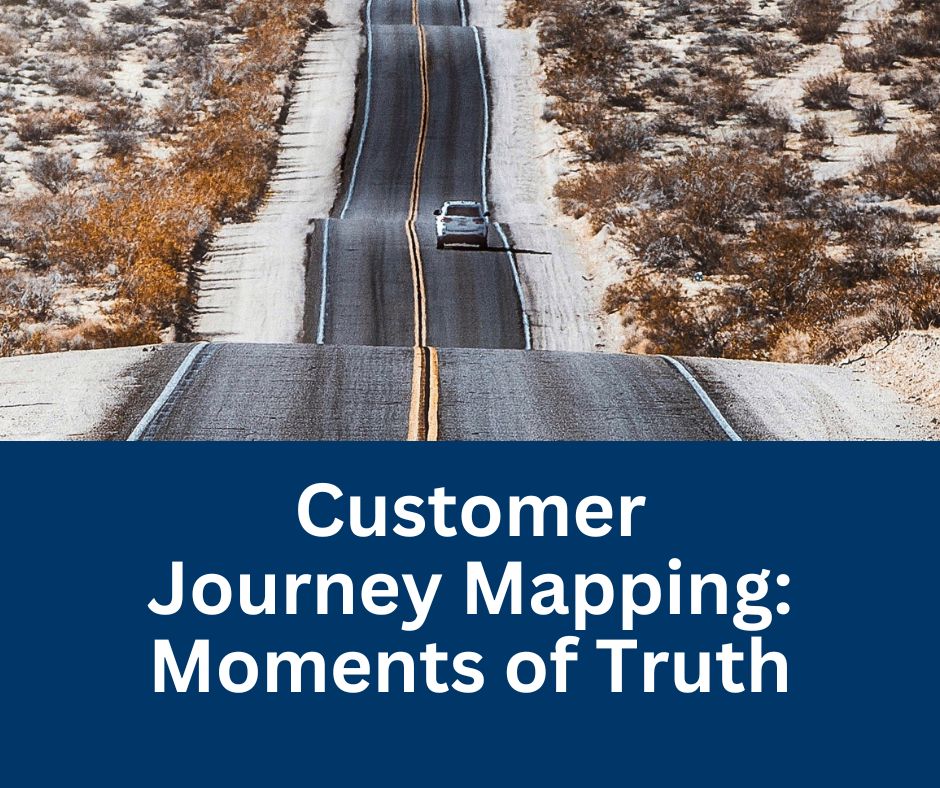In the ever-evolving landscape of contact centers, understanding how your customers are interacting with you and what they are feeling along the way is more important than ever for positive CX and long-term brand loyalty. One powerful tool that can help you achieve just that is Customer Journey Mapping (CJM).
The roots of customer journey mapping can be traced back to the 1980s when Jan Carlzon, then CEO of Scandinavian Airlines, introduced the concept of “moments of truth.” These were pivotal interactions that shaped a customer’s perception of the company. This idea laid the foundation for understanding the customer experience as a journey with distinct stages. In the 1990s, the rise of service design and the emphasis on customer-centricity further propelled the development of journey mapping. It evolved from simple diagrams to more comprehensive visual representations that captured touchpoints, emotions, and pain points across the entire customer lifecycle. With the advent of digital technology, journey mapping has become even more sophisticated, incorporating data analytics and real-time feedback to create dynamic and personalized customer experiences.
Let’s explore why not all journey mapping is created equal, what happens if your mapping is not effective, what the competitive advantages of CJM are, how often you should update your CJM, technology considerations, and lastly what the future of CJM is.
Not All Journey Mapping is Created Equal
Chances are, you not only know what Journey Mapping is – the process of visualizing and understanding the steps a customer takes when interacting with your business – but you’ve been involved in a journey mapping exercise before now.
Well-designed CJM encompasses every touchpoint, from the initial awareness stage to post-purchase or post-service interactions. By mapping the journey, you gain valuable insights into your customers’ experiences, emotions, pain points, and moments of truth that can make or break their experience with your brand.
As you might know, not all moments hold the same key to brand loyalty. There are big moments of truth that impact a customer in such a dramatic way that it encourages them to be loyal even in the face of moments when your brand falls short. And then there are the moments that are neutral and don’t have a lot of power to influence an experience. A big key with journey mapping is to determine which moments hold the most influential and persuasive power with your customers.
Let’s dive deeper now.
What does a good journey map look like? And where do you begin?
Planning
Planning and intention become incredibly important when considering what a good journey map looks like. There are several steps involved in creating an effective customer journey map.
A good map will have the five key elements below.
- Define Clear Objectives: Before you start mapping, determine what you want to achieve with CJM. Are you looking to improve customer retention, increase sales, or enhance brand loyalty?
- Gather Data: Utilize a variety of sources, including surveys, interviews, website analytics, social media feedback, and customer support interactions.
- Visualize the Journey: Create a clear, visually appealing map that outlines all touchpoints, actions, emotions, and pain points along the customer journey.
- Identify Key and Powerful Opportunities: Analyze your map to pinpoint areas for improvement. Prioritize actions based on their potential impact on customer experience and business goals.
- Measure and Iterate: Continuously track relevant metrics, such as customer satisfaction, retention rates, and conversion rates. Analyze the results and make adjustments as needed to optimize your customer journeys.
Validation is One Key
To find validity in your map, involving your customers must be a key part of the process. If you’ve created the map based solely on what you and your organization ‘think’ your customers are doing or feeling, then the map is based on assumptions and may not be accurate – or at least as accurate as it needs to be for you to fully understand the successes and (possible) detours in their journey. Using surveys and customer interactions to determine customer thoughts, actions and emotions is a good start—you’re not assuming your customers’ reactions to your touchpoints.
But what if you’ve missed a moment of truth in the customer journey? Or assumed they encounter a situation in one phase when they actually encounter it during another? Talking to your customers can help you identify any misguided assumptions and ensure your map accurately reflects the customer experience.
If you’re unsure of the best path to do this, contact us today. We can assist with customer surveys, information gathering and building a strategy to innovate in the most effective way possible.
What Happens if Your Mapping Isn’t Effective?
Poor mapping will generate poor results. Just as we referenced earlier, basing your customer’s journey on assumptions and not real feedback and data will result in dismal outcome. It may result in allocating resources, time, and money in areas that may or may not impact your customers’ overall experience with your brand. It may result in having a negative return on investment.
We specialize in creating and executing CJM’s. If you would like to discuss how we can help you and your organization, reach out for a 15-minute discovery call.
Aside from having a deeper understanding of how your customers is interacting with you and what they think and feel, an effective CJM offers you an advantage against your competition.
The Competitive Advantage of Customer Journey Mapping:
Did you know that cart abandonment rates for 2024 are over 70% (Source: Baynard Institute). If you’re an online retailer, this is not only important information, but a really big number. The next question is: Why? Why are customers intentionally landing on my website, adding things to their cart and then just leaving them? With an effective customer journey map, the answer may be right in front of you.
- Empowers an Enhanced Customer Experience: CJM allows you to see your business through the eyes of your customers. By gaining an accurate perspective of what is happening for your customers, you are able to identify and address pain points and enhance what is going well. This allows you to improve their overall experience, leading to increased satisfaction and loyalty.
- Personalized Marketing: Understanding your customers’ journeys enables you to tailor marketing messages and offers to their specific needs and interests. This personalized approach can boost engagement and conversions.
- Proactive Problem Solving: CJM helps you anticipate potential issues customers may face and proactively address them. This proactive approach demonstrates your commitment to their success and builds trust.
- Data-Driven Decision Making: CJM provides valuable data on customer behavior and preferences. By analyzing this data, you can make informed decisions about product development, marketing strategies, and customer service enhancements.
- Increased Customer Loyalty: When customers feel understood and valued, they are more likely to remain loyal to your brand. CJM can help you foster a strong customer-centric culture that drives loyalty and advocacy.
Staying Ahead of the Competition:
- Continuous Optimization: CJM is not a one-time project; it’s an ongoing process. Regularly review and update your maps to reflect changes in customer behavior and market trends.
- Embrace Technology: Leverage CRM, marketing automation, and analytics tools to gather data and streamline your CJM efforts.
- Empower Employees: Train your employees to understand and utilize CJM insights. Encourage them to provide feedback and suggestions based on their interactions with customers.
- Foster Collaboration: Encourage collaboration between departments. Marketing, sales, customer service, and product development teams should all be involved in CJM to ensure a holistic approach to customer experience.
How often should you update your CJM?
Your map should be treated as a living, breathing document that needs to be tweaked and updated regularly as your customer’s thoughts and behaviors change. Social media influencers, major events like elections, weather, and seasons can change how and why your customers are clicking.
Journey Mapping Software
As you would expect, there are dozens of software platforms that implement and support your JM, offering rich data that you can analyze and act on when needed.
But the question becomes: what software will work best for my operation and communicate with my existing tech stack? We are familiar with the technology available for CJM and can help you select the best tool. Reach out for a conversation today.
The Future of CJM:
As technology advances, so does the potential of CJM. Artificial intelligence (AI) and machine learning can help analyze vast amounts of data to identify patterns and trends, allowing for more accurate and personalized customer journeys. Additionally, the rise of omnichannel experiences requires CJM to adapt to multiple touchpoints across various devices and platforms.
Customer Journey Mapping is a powerful tool that can help your business understand, connect with, and ultimately delight your customers. By embracing CJM and continuously optimizing your approach, you can stay ahead of the competition and build lasting relationships with your customers. And you don’t have to go it alone; we specialize in Customer Journey Mapping and can help support you in this important work.
Schedule a meeting with me or one of our consultants today to discuss how we can tailor CJM to optimize your customers’ experience.
Jessica is a highly experienced Senior Consultant in the Customer Experience and Contact Center sector at Northridge Group, boasting a robust background in operational leadership.
In her current role, she excels in managing contact center assessments, providing strategic recommendations, and enhancing both objective and subjective Key Performance Indicators (KPIs). With a history of successful client engagements and team management, Jessica specializes in fostering positive team dynamics, encouraging feedback, and implementing change initiatives to improve customer experiences.
Her previous positions include Pharmacy Operations Manager at a pet retailer and Manager in Call Center Operations at a Managed Healthcare organization, where she demonstrated exceptional leadership by managing large teams, achieving KPIs, implementing improvement plans, and enhancing customer satisfaction. Jessica holds a Bachelor’s degree in Psychology and a Master’s in Leadership Development. She is a certified Six Sigma Black Belt Professional, emphasizing her dedication to project management and process improvement.




